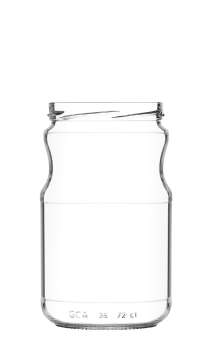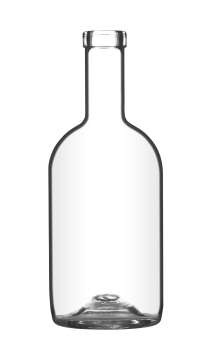Reducing Carbon Footprint Through Glass Packaging Production
In today’s world, sustainability, environmental responsibility, and efforts to reduce carbon footprints are pivotal in shaping both consumer demand and industrial policies. Glass packaging offers a strategic advantage by providing solutions that minimize environmental impact. So, how does glass packaging production reduce carbon footprints? Below are data-backed insights and the environmental benefits of glass packaging:
1. 100% Recyclability: The Core of a Circular Economy
Glass is fully recyclable, significantly reducing natural resource consumption and waste generation in production processes. A study by the University of Minnesota’s Institute on the Environment shows that using recycled glass can reduce energy consumption by up to 30%, while maintaining quality through multiple recycling processes. Additionally, for every ton of recycled glass used, 580 kg of carbon dioxide emissions are prevented, highlighting glass's crucial role in reducing carbon footprints.
2. Energy Efficiency: Reducing Carbon Emissions
Energy consumption in glass production decreases in direct proportion to the increase in the use of recycled glass. Compared to production using raw materials, recycled glass usage can reduce energy demand by up to 25%. This energy savings helps reduce both carbon emissions in manufacturing processes and the overall environmental impact of glass packaging.
3. Durability and Versatility
Due to its durability and long lifespan, glass packaging enables more efficient use of resources. Studies show that glass packaging lasts longer and can be reused multiple times, outperforming other packaging materials. This longevity reduces energy and resource consumption in production, and lowers waste generation, thereby contributing positively to environmental protection.
4. Health and Environmental Safety
Glass is a completely natural material, free from harmful chemicals. Unlike other packaging materials, glass does not emit toxic substances. Research in the food and beverage industries has proven that glass is the safest packaging option, preserving the taste, aroma, and quality of products. These environmental and health benefits also contribute indirectly to reducing the carbon footprint of glass packaging.
5. Reducing Emissions from Local Production and Logistics
When glass packaging is produced from local resources, it significantly reduces carbon emissions associated with transportation and logistics. Encouraging local production over long-distance transportation minimizes fossil fuel consumption and related emissions. In this context, glass packaging offers an environmentally conscious solution not only in production but throughout the supply chain.
6. Use of Renewable Energy Sources
The use of green energy in glass packaging production is becoming increasingly common. Glass manufacturers are turning to renewable energy sources like solar, wind, and hydropower to further reduce their carbon footprints. Research by the International Energy Agency (IEA) and the Renewable Energy Policy Network (REN21) shows that transitioning from fossil fuel-based production to renewable energy can cut carbon emissions in glass production by 20% to 30%. This highlights the strategic importance of glass packaging in achieving environmental sustainability.
Sources: European Container Glass Federation (FEVE), Glass Packaging Institute, Friends of Glass, World Health Organization (WHO), US Environmental Protection Agency (EPA).

09.10.2024







